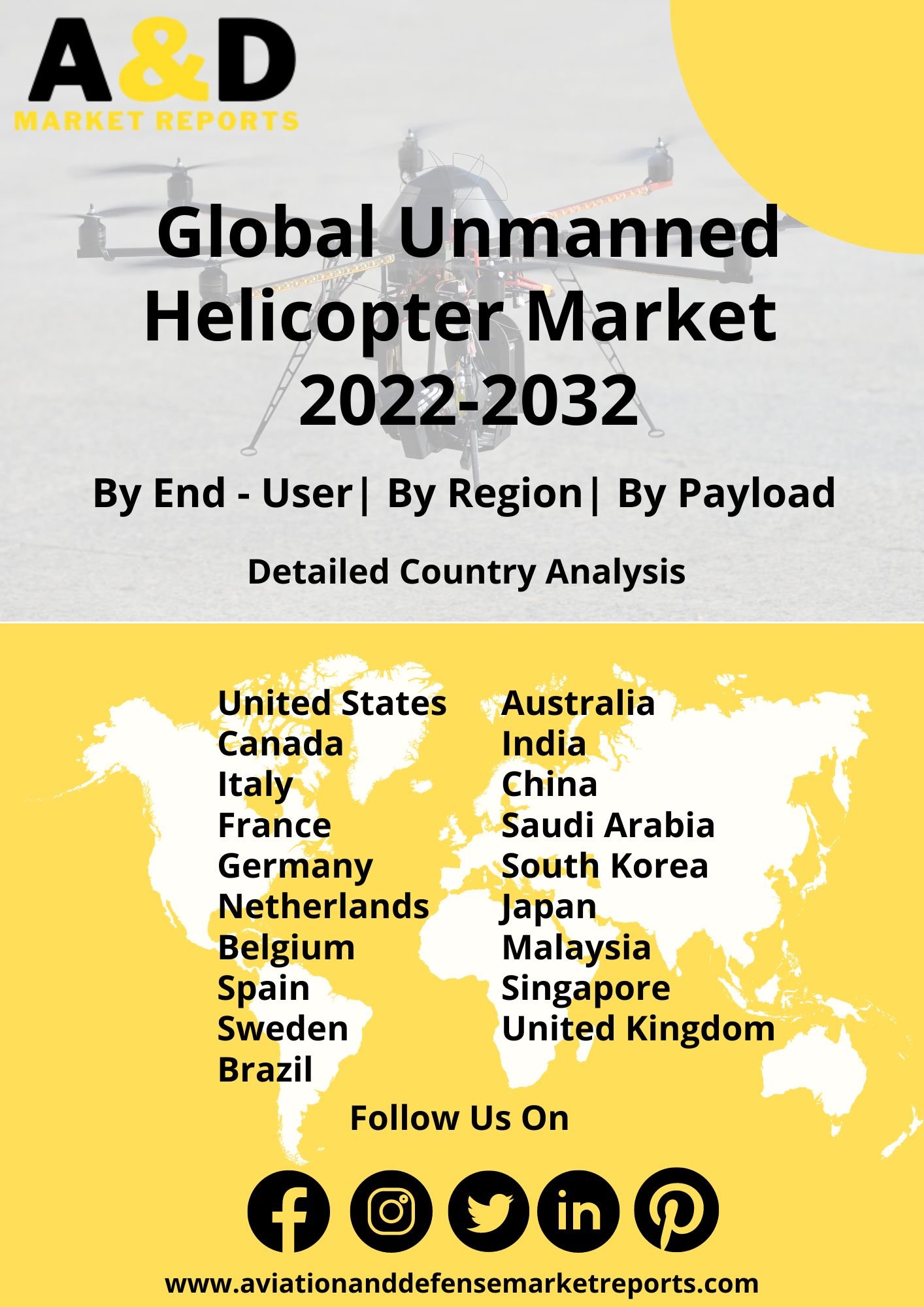Description
Many systems can now be controlled and monitored remotely owing to modern technology. Robots or unmanned vehicles, which are controlled remotely without human intervention, are commonly utilized in these technological systems. Unmanned aerial vehicle (UAV) is a type of unmanned vehicle that may fly remotely or automatically without the need for a pilot. UAVs are among the systems that are deployed in many domains for military, civil, and commercial purposes and are constantly evolving in tandem with the growth of technology.
Improvements in communication, sensors, and control technologies have led to the development of a variety of UAVs with different configurations, shapes, and weights in recent years. UAVs with rotary wings can fly by balancing the force generated by their rotors. In today’s UAV market, rotary-wing UAVs are continuously popular. They have the capacity to follow a specified trajectory, land and take off vertically, and hover. Revolving-wing UAVs are frequently utilized in aerial robotic research by research institutions and universities because to these characteristics, as they do not require runways or big facilities. Tricopters, quadcopters, pentacopters, hexacopters, and octacopters are examples of rotary-wing UAVs, which are named according to the number of engines they have.
A four-rotor UAV, often known as a quadrotor or quadcopter, is a rotary-wing UAV that can take off and fly using four motors and two symmetrically coupled propeller pairs (two clockwise and two anticlockwise). Quadrotors can accomplish flight features such as navigating in tight spaces, hovering, taking off, and cruising owing to their high maneuverability. In comparison to other UAVs, a quadrotor has more simple control systems and can do complicated and challenging operations in tight and crowded spaces. Frame structure, flight card, sensors such as accelerometer, ultrasonic vb, compass, gyroscope, and barometer; propellers, brushless dc motors, electronic speed controller (ESC), battery, and remote-control receiver are all included in quadrotors carrying various components depending on their intended use.
In conjunction with King Abdulaziz City for Science and Technology (KACST), a Saudi Arabian state-owned scientific institution, UAVOS developed the R22-UV unmanned drone. After completing a wide range of testing operations during the development phase, the UAV flew for the first time in May 2019. The R22-UV uses a traditional rotorcraft design with an extended fuselage portion that houses fixed landing gear, a main rotor, and a tail rotor. The UAV’s maximum take-off weight is 635 kilograms, its maximum payload carrying capacity is 40 kilograms, and its cargo capacity is 280 kilograms. The helicopter’s adaptable design allows it to operate in inclement weather. It also has lower operating life cycle expenses, with a 300-hour time between overhauls (TBO) for UAV maintenance. The R22-UV is designed for both military and commercial uses, including overhead video surveillance and monitoring, cargo transportation and delivery, radio relay, and agricultural.
The IAI-HAL NRUAV (Naval Rotary Unmanned Aerial Vehicle) is a rotorcraft project being built for the Indian Navy by Malat Solutions, an IAI branch in Israel, and HAL in India. The Malat-made Helicopter Modification Suite (HeMoS) is installed on HAL’s Chetan, an enhanced Chetak with Turbomeca TM 333 2M2 engines, as part of the IAI-HALNRUAV project. Unmanned operations and enhanced intelligence, surveillance, and reconnaissance (ISR) missions from vessel decks are proposed for the helicopter. Automatic vertical take-off and landing (AVTOL) from aviation-capable ships and unprepared landing sites will be available on the IAI-HAL NRUAV. The Indian Ministry of Defense financed the project, which began in late 2008 and was expected to be finished in 36-48 months at a budget of USD 154 million. A full-scale prototype was created and unveiled in March 2019, and it is presently seeking approval for a preliminary design assessment.
China’s first autonomous helicopter drone, capable of firing and conducting reconnaissance from a high altitude and built to fly in plateau areas, made its maiden flight in May 2020 and was said to be positioned at the country’s borders with India. China’s state-owned Aviation Industry Corporation (AVIC) is developing the unmanned helicopter platform. The AR500C unmanned helicopter, which can broadcast communications from a high altitude, could aid in the protection of China’s southwestern border with India in Tibet. It performed many maneuvers during the flight, including hovering, horizontal and vertical movements, and can take off from a height of 5,000 metres. It has a five-hour endurance, a top speed of 170 km/h, and a maximum take-off weight of 500 kg.
Steadicopter is a designer and manufacturer of completely autonomous Rotary Unmanned Aerial Vehicles (RUAV) for defence, homeland security, and civil applications. It is ISO-9001/2015 certified. Black Eagle 50 is an advanced unmanned helicopter created by the business to provide situational awareness and ISTAR capability in both land and maritime environments. The two-person portable, quickly deployable platform is driven by a proprietary flight computer that is certified to ADS-33 requirements and has completely autonomous VTOL and flight operation. The ISR drone can fly in a variety of modes, including ultra-stable hovering for ultra-clear image capture, and can also return home automatically if communications are lost.




